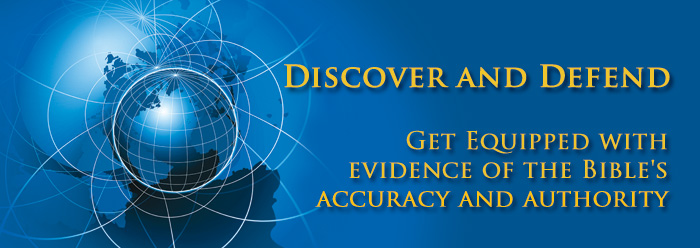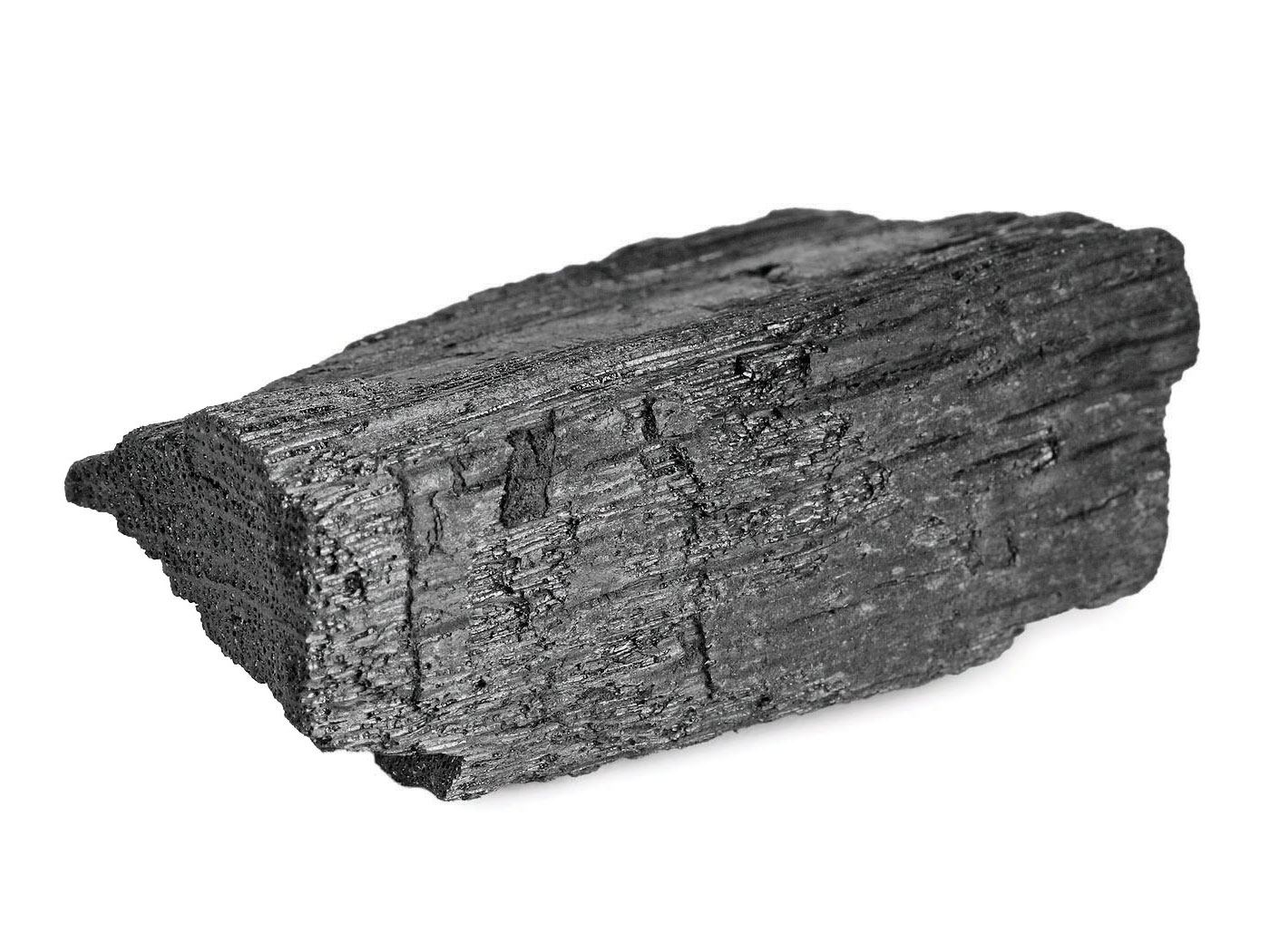Introduction
1 Corinthians
Introduction to I Corinthians
The church at Corinth was founded by the Apostle Paul in about A.D. 51, while on his second missionary journey, shortly after his visit to Athens (Acts 18:1). Corinth is located in a narrow isthmus connecting Achaia with Macedonia, and is just a few miles west of Athens. During the first century it was a very large and prosperous city, with one harbor on the west side of the isthmus facing Italy, the other on the east facing Asia.
With many sailors coming and going all the time, as well as other tradesmen, the city became notorious for its immorality, especially in connection with its temple to Aphrodite, which was serviced by a thousand temple prostitutes. This character reflected itself in the many problems that soon surfaced in the Corinthian church.
On his first visit to Corinth, Paul ministered there for eighteen months (Acts 18:11), during which time he wrote the two Thessalonian epistles. The first epistle to the Corinthians was written some four or five years later while Paul was in Ephesus during his third missionary journey (I Corinthians 16:8,19).
Although a thriving church was established in Corinth, largely consisting of Gentiles (note Acts 18:8), it was strongly influenced by the city’s culture, giving Paul great concern. The epistle was written partly to answer their questions about such matters as eating temple meats, the use of spiritual gifts, and proper marriage relationships (I Corinthians 8:1-13; 12:1-14; 7:1-40). Even more, however, Paul was concerned about divisions in the church and their toleration of flagrant immorality among their members (I Corinthians 1:10-17; 3:1-8; 5:1-11; 6:9-20).
At the same time, the fifteenth chapter of I Corinthians constitutes the greatest chapter to be found in any of the epistles on the glorious bodily resurrection. Many consider the first four verses of this chapter to be the defining passage on the saving gospel of Christ.
There are other important doctrines developed in the epistle, as well as numerous instructions concerning practical Christian behavior. Paul had actually written an earlier letter to them (note I Corinthians 5:9), on the morality question.
The authenticity of I Corinthians as a genuine epistle of Paul is all but universally accepted, even by skeptics. The present-day city of Corinth is located some distance away from the New Testament city. The remains of the latter have been well explored archaeologically, fully confirming the descriptions given in Acts and the two Corinthian letters. The Roman proconsul of Achaia (of which Corinth was the capital), a man named Gallio (Acts 18:12-17), is well known to secular history. An inscription containing his name and identifying him as proconsul of Achaia at the time has been found at Delphi, another city in Achaia.
The epistle is also known for its famous “love chapter” (I Corinthians 13). It is also known for its critique of human wisdom, so prized among the Greeks, in relation to divine wisdom as revealed through the Holy Spirit in the Scriptures (I Corinthians 1:17–2:16).







